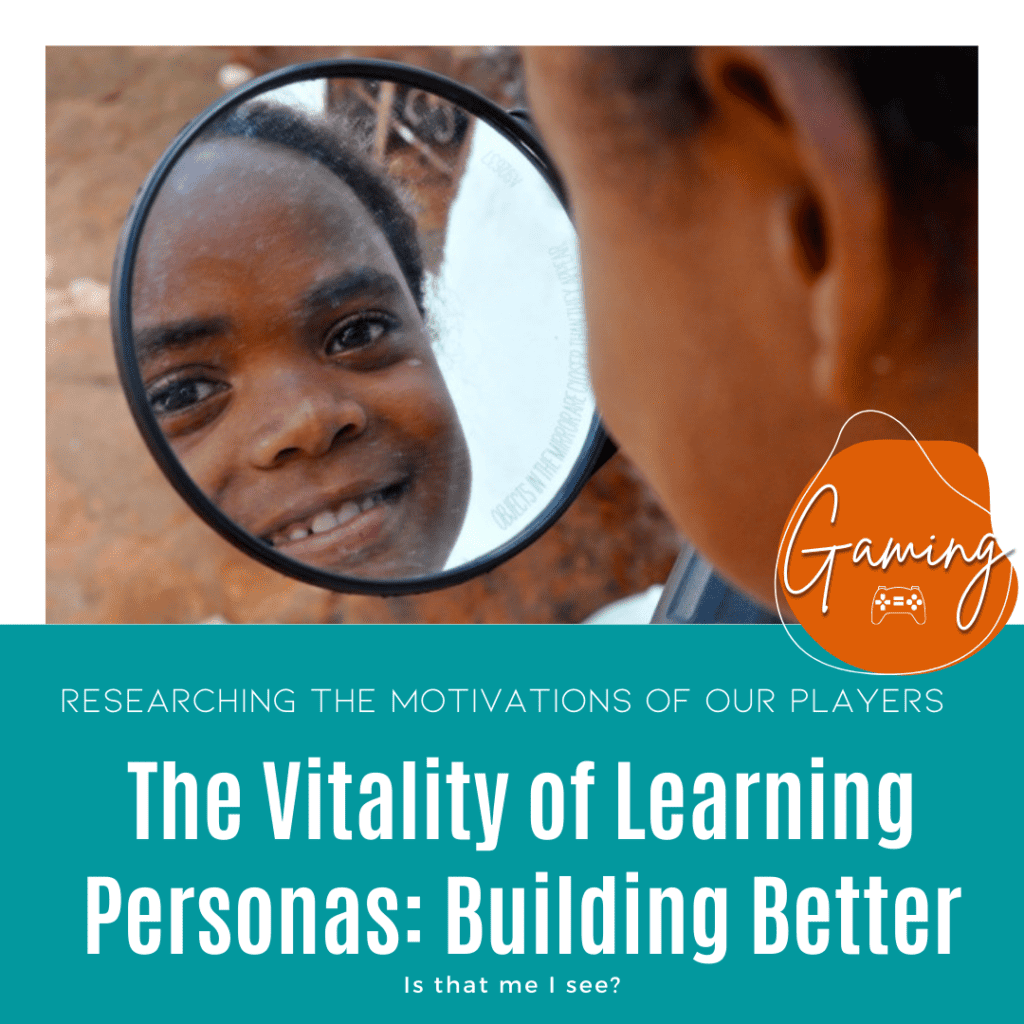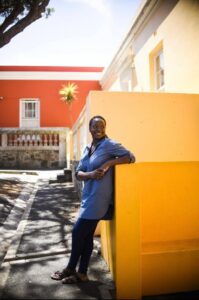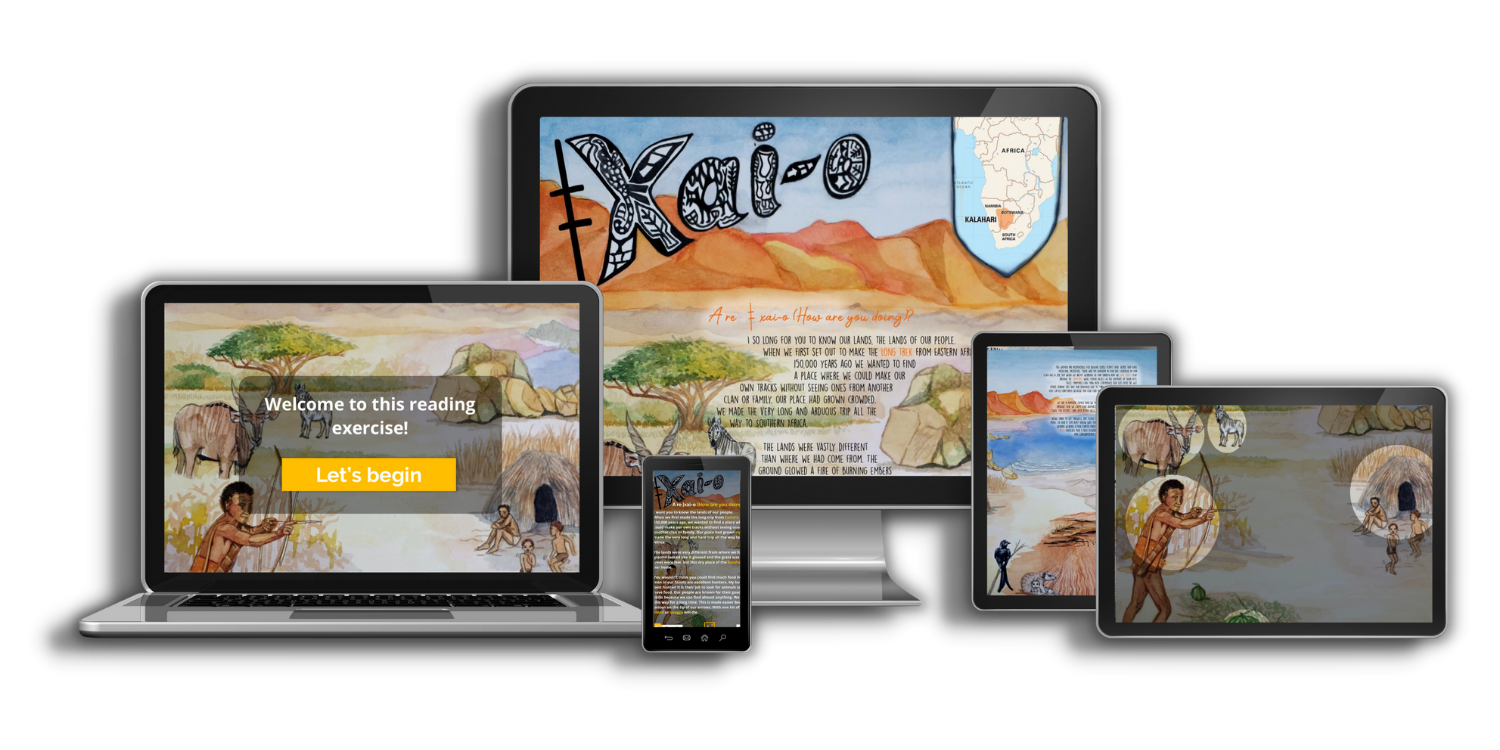Part 1: Gather & Analyze Some Information
While working with the HuMEL program at Wits University, I got to administer a benchmark test to fourth graders at Selowe Primary School this week. Our objective was to assess the level of English and Sepedi comprehension among the student body.
The test was administered in both Sepedi and English, requiring the examinee to demonstrate their linguistic abilities in both languages. Students were given comprehension exercises that required them to independently read, match pictures to words, and demonstrate an understanding of what they read. We first chose students based on their English skills, but we ended up picking participants based on how well they fit in with the rest of the class dynamic.
The children were eager to do well, despite some initial jitters. We gave out Snickers on the second day of the test to keep them going. Several students breezed through the evaluation exercises, while others struggled and needed additional help.
Overall, the test improved our understanding of the range of abilities present throughout this population. What we observed was the students’ reactions to and execution of a variety of activities presented in both languages. Everyone learned a great deal from it, and we want to keep looking for new ways to help these youngsters with their language growth.

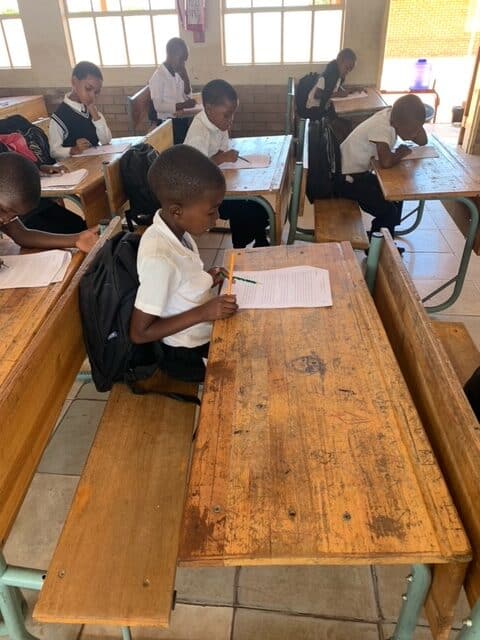

*For privacy and confidentiality, students’ names have been changed.
Ntsokgolo
An interesting finding from the evaluation was the student we met who had difficulty with English vocabulary yet a solid grasp of phonetic spelling. The student had an optimistic outlook on reading in general, despite his or her struggles with the evaluation. The kid had an 80% success rate on the test where they had to read a word and pick the appropriate picture. The pupil took a reading speed exam and scored as proficient in two minutes, reading 71 words in English. Generally, the student found reading difficult even though they like it.
Yet, the student’s answers revealed that they did not have a firm grasp of the material covered in the comprehension part. We also found that some of the test’s response options could have benefited from more precise wording to help students better grasp the questions and make the right choices. Taken as a whole, these results told us a lot about this student’s current level of language proficiency and where they may benefit most from additional help.
Mehale
The second student I talked to had good English vocabulary and spelling, and her language skills seemed to be getting better. She showed that she understood the instructions well and could speak the Sepedi language well. She got a score of 60% when she was asked to read and match words with pictures. On the other hand, she did not do well on the reading speed test. In 2 minutes, she could only read 16 English words. During the interview, it was clear that her conversational English and confidence were not very good, which made it hard to talk to her. Still, it was encouraging to hear that she wants to be a teacher when she grows up. She even drew a picture to show me how much she wants to be a teacher. Even though she had difficulty, she showed a lot of potential in how she could learn and get better. I told her to keep working on it and told her about some resources and activities that could help her build her skills and confidence. I think she can reach her goal of becoming a teacher in the future if she has the right help and tools.
Marakalala
One of my interviewees was a vivacious and self-assured kid who couldn’t wait to show off his English skills. He did exceptionally well on the first part of the test, where he had to identify English terms, he had heard, but his spelling was all over the place. The spelling of certain terms was right, but others, like “flek” for “flag” and “jaje” for “judge,” were phonetic approximations. He admitted that while mobile games like Temple Run are fun, he also enjoys reading for its own sake and rarely finds it challenging. Sixty percent of the time he was able to correctly match the word with the image he was shown. While he had some trouble understanding what he read, he read at a rapid pace of 95 words in two minutes.
Part 2: Develop One Learner-Player Persona: Lethabo (average performer)
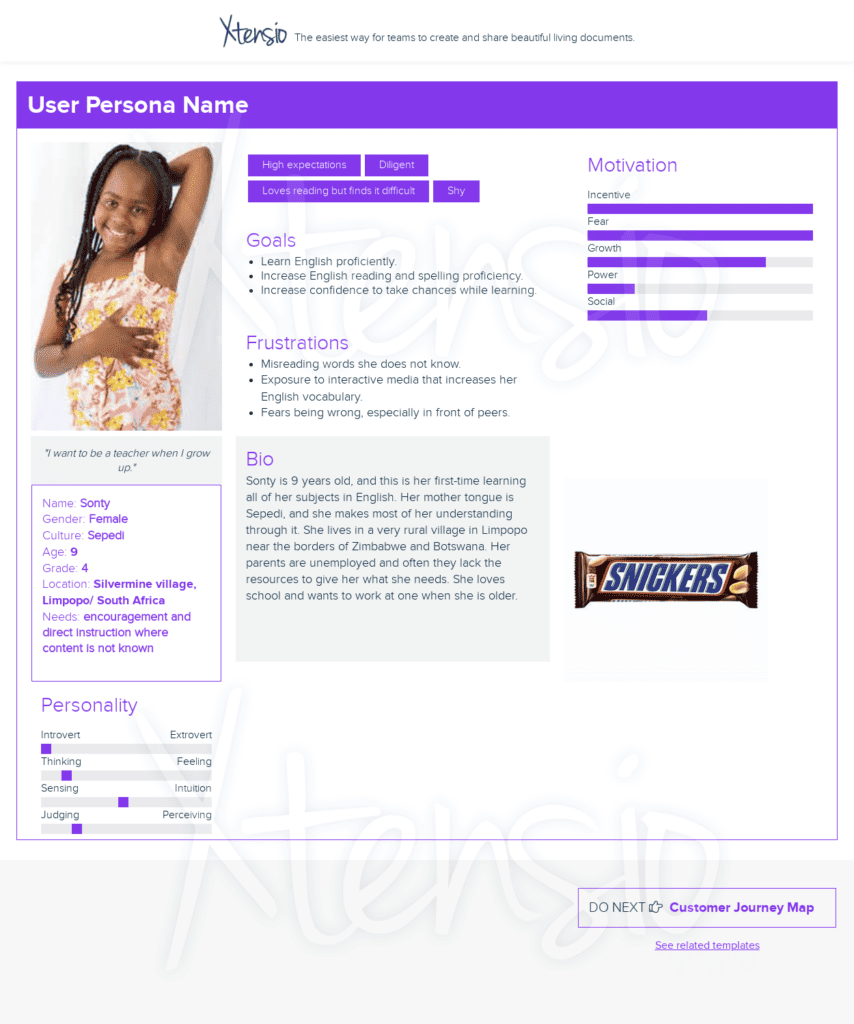
We were unable to administer a test on Bartle’s player kinds because neither electricity nor the internet were available at the time of the exam. In addition, the kids’ command of the English language was severely lacking.
Part 3: Test Your Persona, Game/Simulation Alignment
If only our selected games were offered in their native tongue rather than English, they would be a perfect fit for our learner-player character. Unfortunately, these games were too taxing for the character we created because they had a short attention span and had trouble reading. Because of this, we need to think about how language limitations could affect our players and how crucial it is to make games that suit the specific skillsets of our intended demographic.
Here is an excel file of the data collected amongst the 2-day assessment:
Diverse Perspectives in South African Children’s Literature: Unpacking the Norm

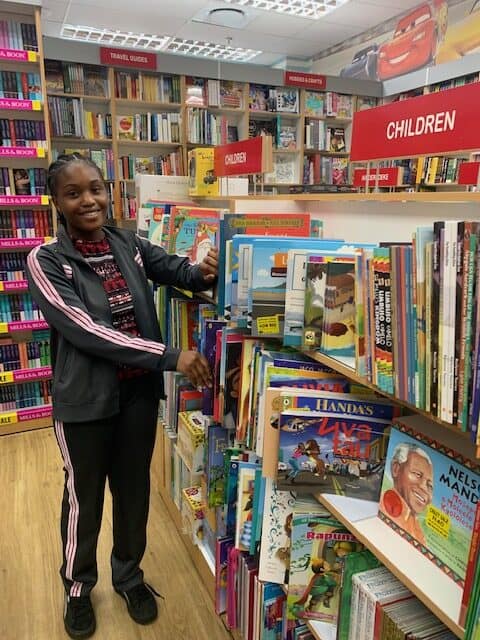
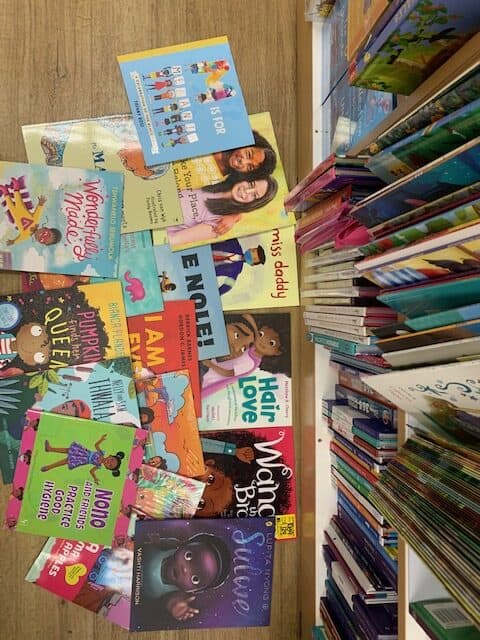
Why does representation even matter?
In South Africa, youngsters benefit greatly from reading books that feature characters who look like them. Children are more likely to like reading and become avid fans of a book when they recognize themselves in the main character. This link can boost their interest in reading and help them see it for what it truly is: a rewarding and worthwhile pastime. Children’s exposure to literature from a variety of cultural traditions and perspectives can help them become more empathetic global citizens. Increased compassion and tolerance are two qualities that thrive in South Africa’s rich cultural mosaic, and they can result from this. In order to promote strong literacy skills and a lifetime love of reading, it is essential that educators and authors place a premium on representation in literature.
An initiative was taken the year before to have Lego designers thinking outside the box. One South African artist’s rendition of a traditional Ndebele household is a work of art. But, because it was not well received all across the world, the notion never made it past the brainstorming stage.
The Psychology of Diversity and Inclusion in Higher Education: Altering the Narrative
It was challenging to apply to PhD schools as a person of color, and it was made more challenging by the fact that I encountered several minor microaggressions across a wide range of institutions that had a chilling effect on my sense of psychological safety. The difficulties of my voyage was exacerbated by people mispronouncing my name and making assumptions about my background. It is essential to recognize the toll that even subtle forms of discrimination may take on a person’s sense of belonging and well-being, especially for those who are underrepresented in academic institutions. It’s crucial to promote inclusion and make sure everyone feels included and appreciated.
It’s natural to wonder what it’s like to be in a different situation or to confront a different set of obstacles, and it’s also only human to want to learn about such experiences. Because of commonalities in dealing with resource constraint, opportunity inequity, and social isolation, children in rural schools may share your emotions to technical jargon provided in a podcast.
It’s important to remember that the individuals who will be dealing with and using whatever you’re doing come from a wide variety of backgrounds and socioeconomic statuses and have varied degrees of education and expertise in the design profession. By placing yourself in the shoes of your users and imagining the challenges they face, you can better meet their needs and enhance their experiences.
Resources:
Developing Inclusive Games: Design Frameworks for Accessibility and Diversity
AND … – WHITE SUPREMACY CULTURE
NOW IS THE TIME – (cosmosconsulting.com)


